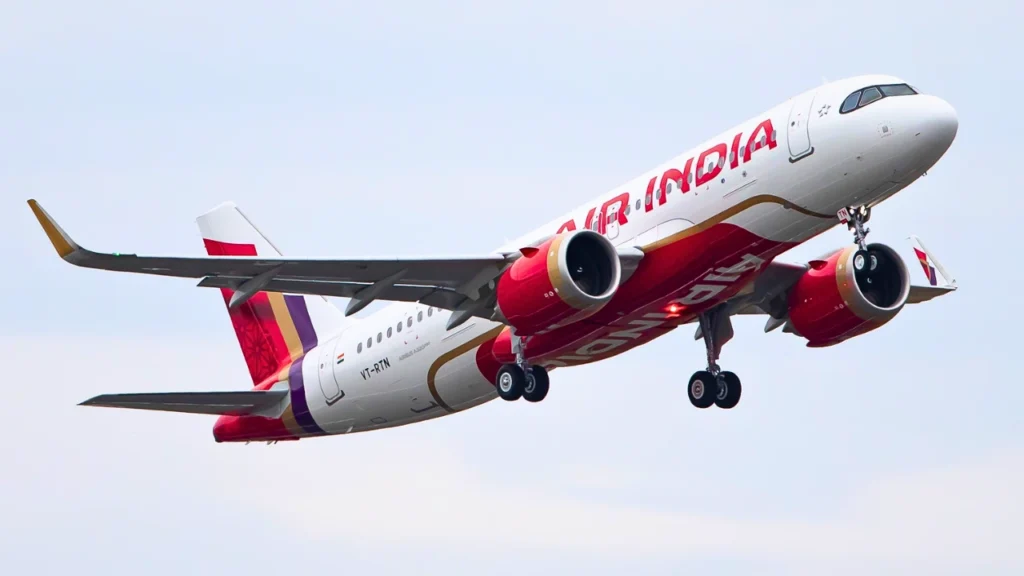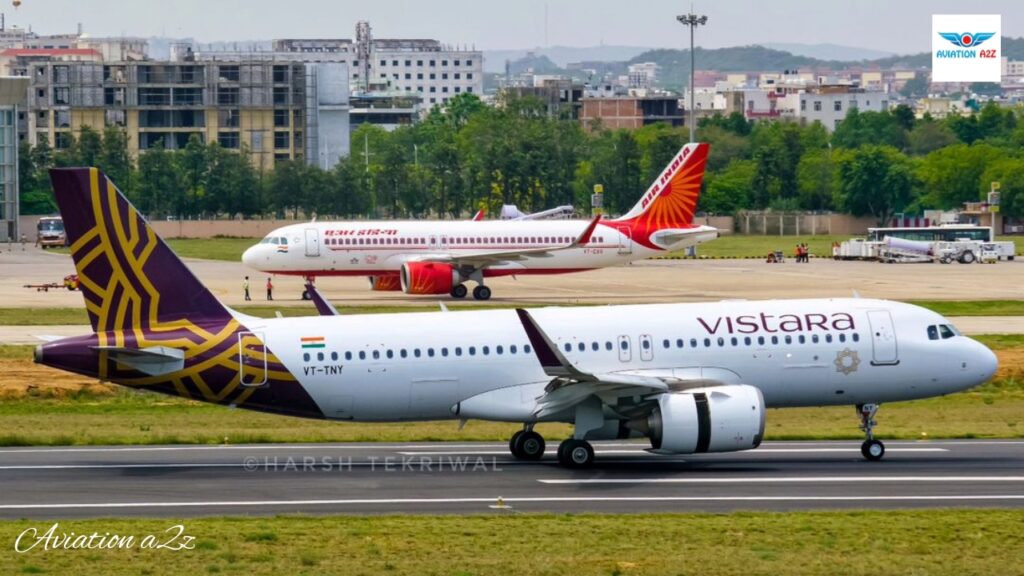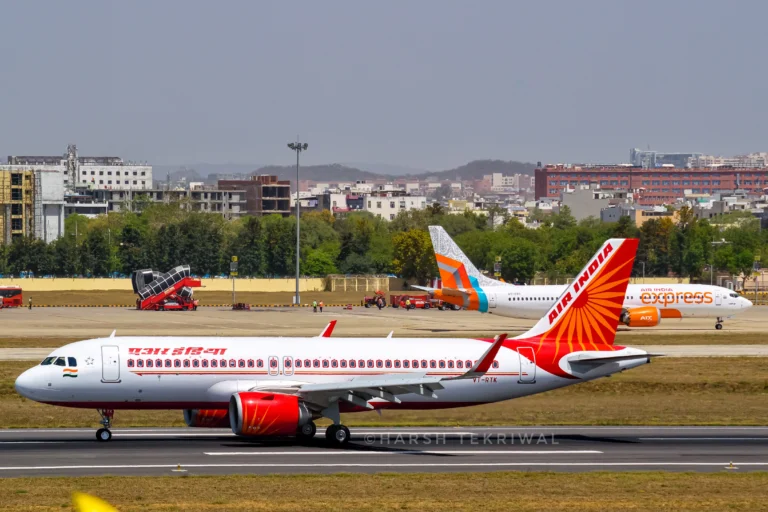DELHI- As the Tata Group approaches its third anniversary of acquiring Air India (AI) in January, CEO Campbell Wilson provides a comprehensive overview of the airline’s strategic transformation and market positioning including strong dominance on the metro routes.
Wilson, speaking at the company’s modern headquarters in Gurugram, revealed significant market penetration across domestic routes.

Air India Dominate Metro Routes
The airline currently commands around 29% domestic market share and an impressive 55% on metro-to-metro routes. On the top 120 domestic routes, Air India’s market share stands at approximately 40%.
Also to cater to this growth, the Air India Group subsidiary AI Express has hired the highest number of foreign pilots. They currently have 144 expatriate pilots while Air India has 58.
In October 2024, Air India reported a market share of 19.4% which includes Air India, Air India Express, and AIX Connect combined share. While Vistara reported 9.1% out of a total pool of available shares. This combines to 28.5% share.
As obvious, IndiGo (6E) dominated the domestic market but this time with an even better share of 63.3%. With the decline in SpiceJet operations post-pandemic and the absence of Go First, IndiGo is set to soar higher, and the only challenge it can face is from Air India Group.
The airline’s fleet modernization strategy is set to enter a critical phase in early 2025. Wilson acknowledged previous delays in aircraft retrofit, attributing challenges to global supply chain disruptions, particularly in sourcing aircraft seats. Despite these obstacles, the airline has developed a robust implementation plan.
Starting in 2025, Air India will systematically retrofit its legacy wide-body aircraft fleet. The company plans to transform 3-4 aircraft every month until completing upgrades across its entire 40 wide-body aircraft inventory. This methodical approach underscores the airline’s commitment to enhancing passenger experience and operational efficiency.
Looking ahead to 2025, Wilson emphasized that growth will predominantly emerge from domestic and short-haul international flights.
Also, Air India plans to provide training to over 50,000 professionals in the upcoming years, spanning roles like pilots, cabin crew, ground staff, aircraft engineers, airport security personnel, etc.

Serving Routes with Premium Planes
Effective December 1, 2024, Air India debuts a comprehensive domestic network strategy utilizing former Vistara A320-series aircraft across five critical metro routes, introducing premium multi-class cabin configurations.
Route Network Breakdown:
- Delhi-Mumbai: 56 daily round-trip flights
- Delhi-Bengaluru: 36 daily round-trip flights
- Delhi-Hyderabad: 24 daily round-trip flights
- Mumbai-Bengaluru: 22 daily round-trip flights
- Mumbai-Hyderabad: 18 daily round-trip flights
Cabin Configuration Highlights:
- Business Class: 8 seats
- 41-inch pitch
- 7-inch recline
- Integrated leg and footrests
- Premium Economy: 24 seats
- 33-inch pitch
- 4-inch recline
- Economy Class: 132 seats
- 29-inch pitch
- 3-inch recline
Premium Service Features:
- Complimentary hot meals
- Lounge access for premium travelers
- Seamless international connectivity across five continents
- Award-winning interior design
Air India will simultaneously maintain one daily wide-body flight on Delhi-Mumbai, Delhi-Bengaluru, and Delhi-Hyderabad routes using Boeing 777 or Airbus A350 aircraft, identified by three-digit flight numbers under the “AI” prefix.
I recently flew on Air India A321 and will soon make a detailed review but for a little spoiler, it was not what I expected from the new Air India, and a pretty average experience.
Feature Image By Harsh Tekriwal | Twitter or X
Stay tuned with us. Further, follow us on social media for the latest updates.
Join us on Telegram Group for the Latest Aviation Updates. Subsequently, follow us on Google News

